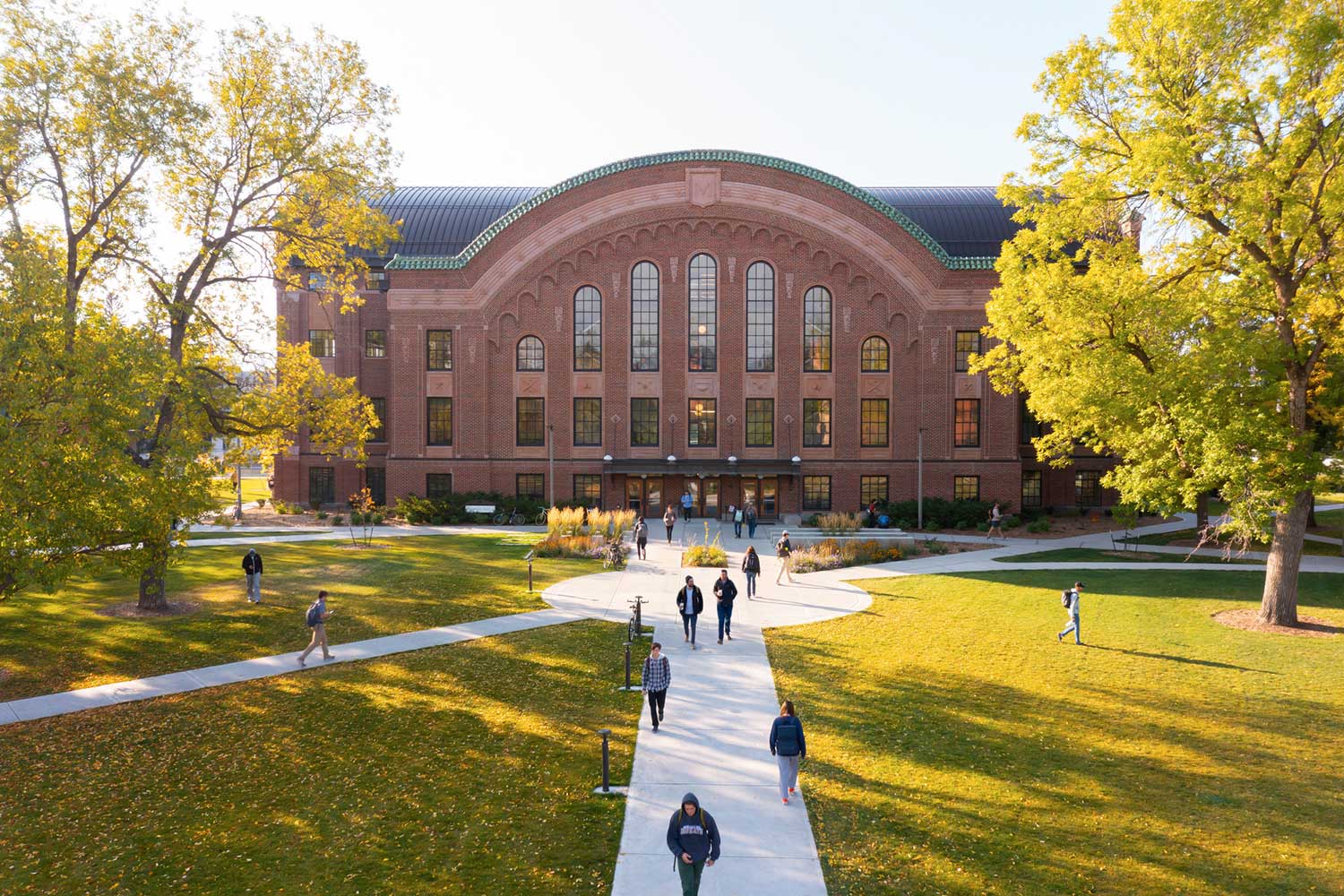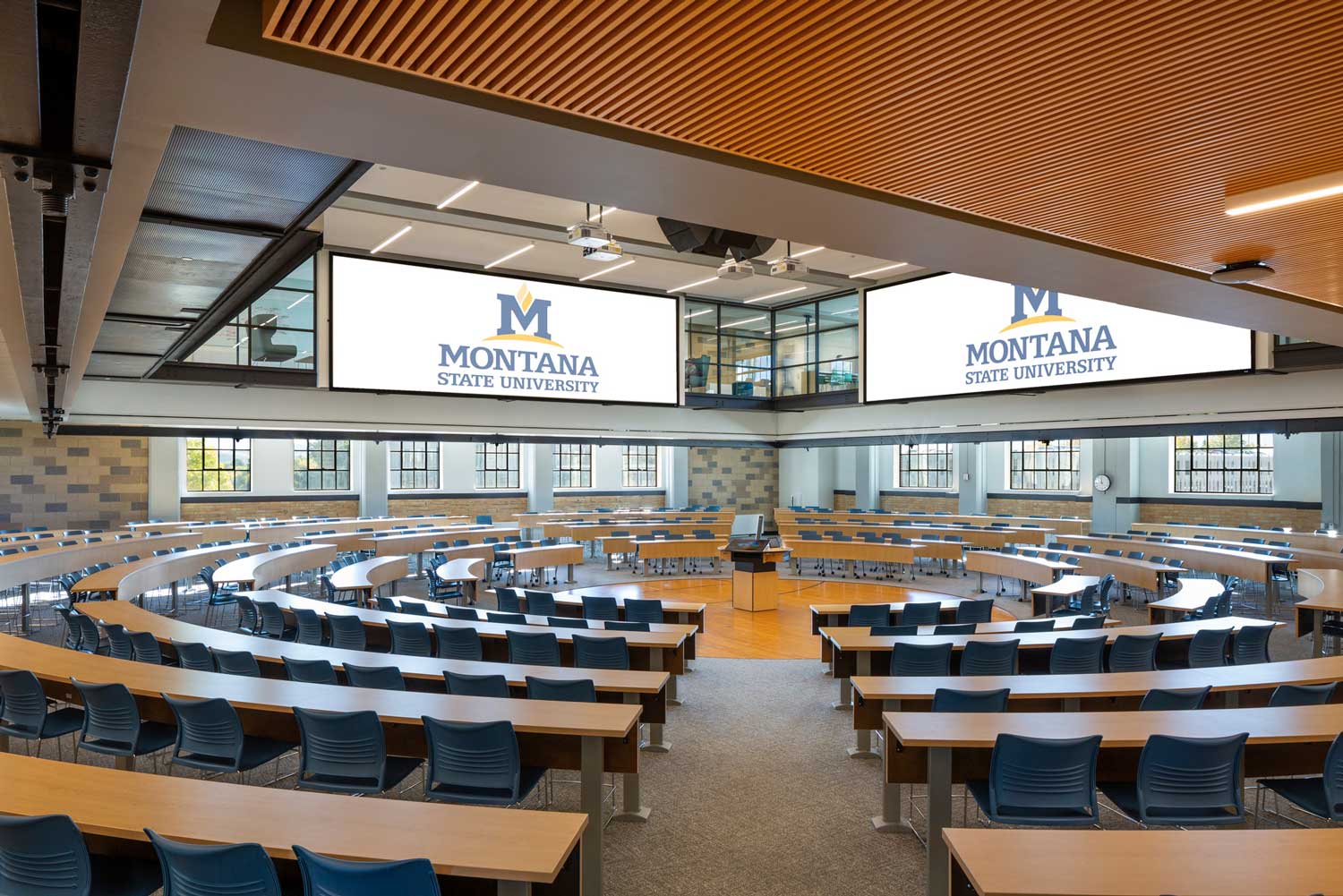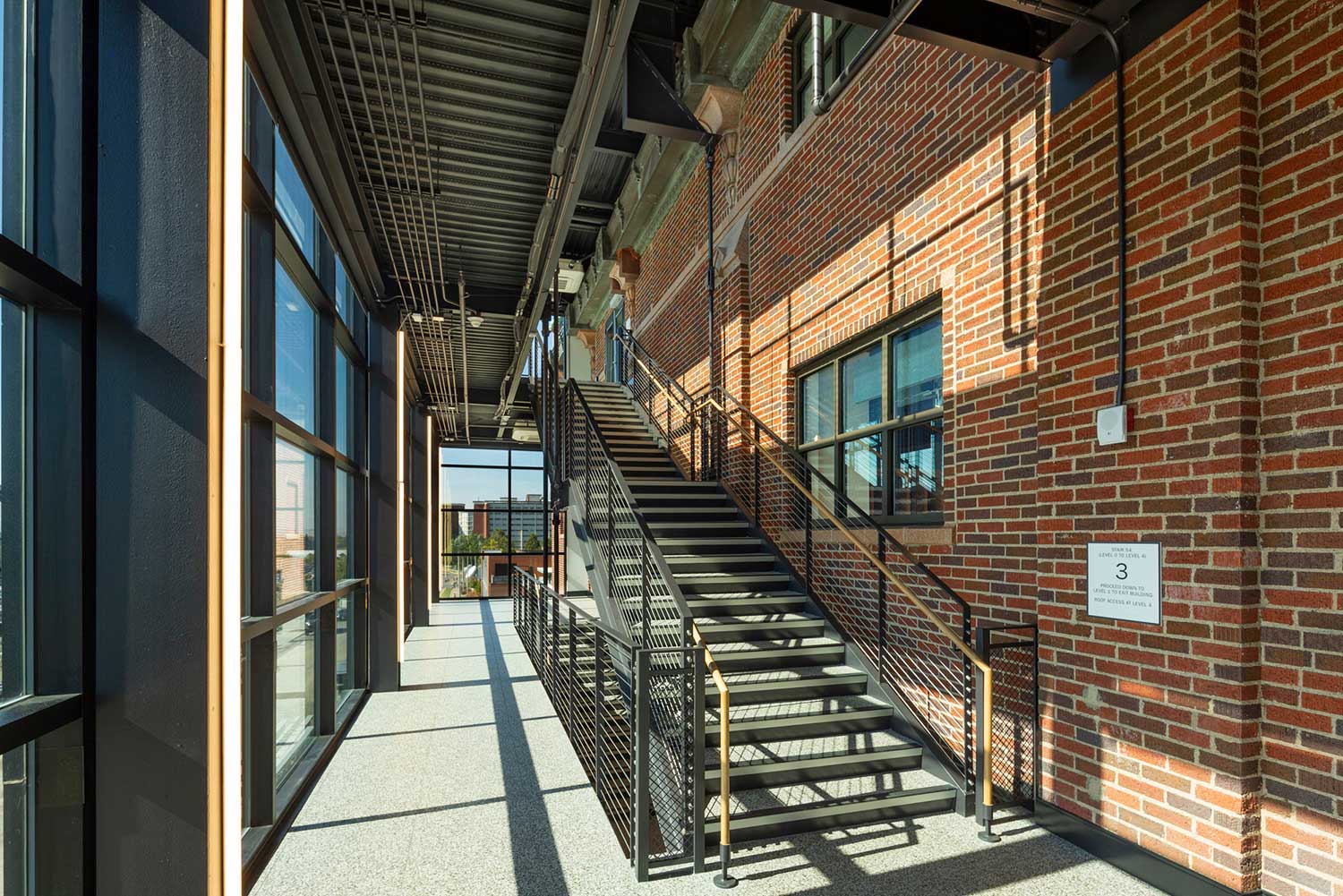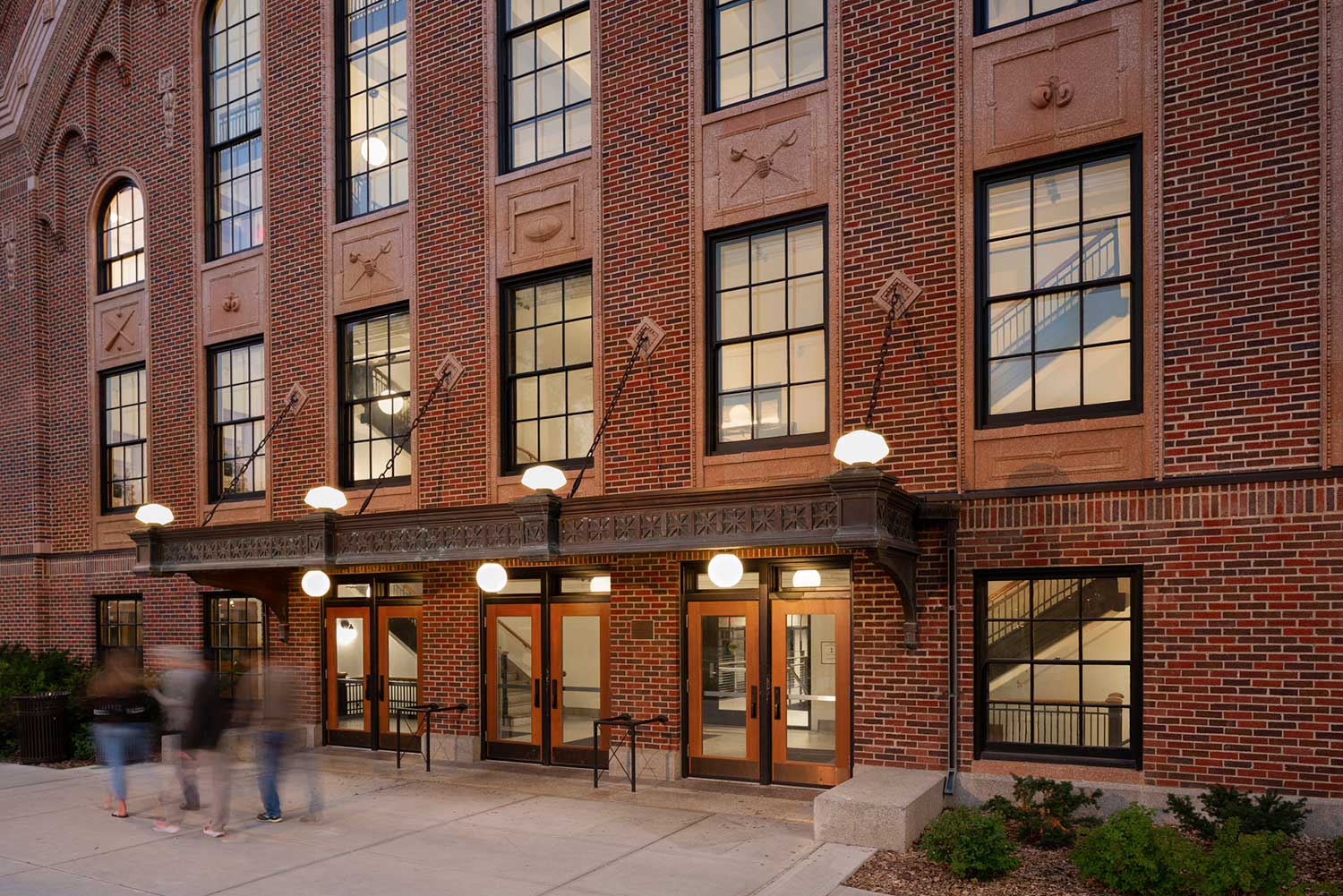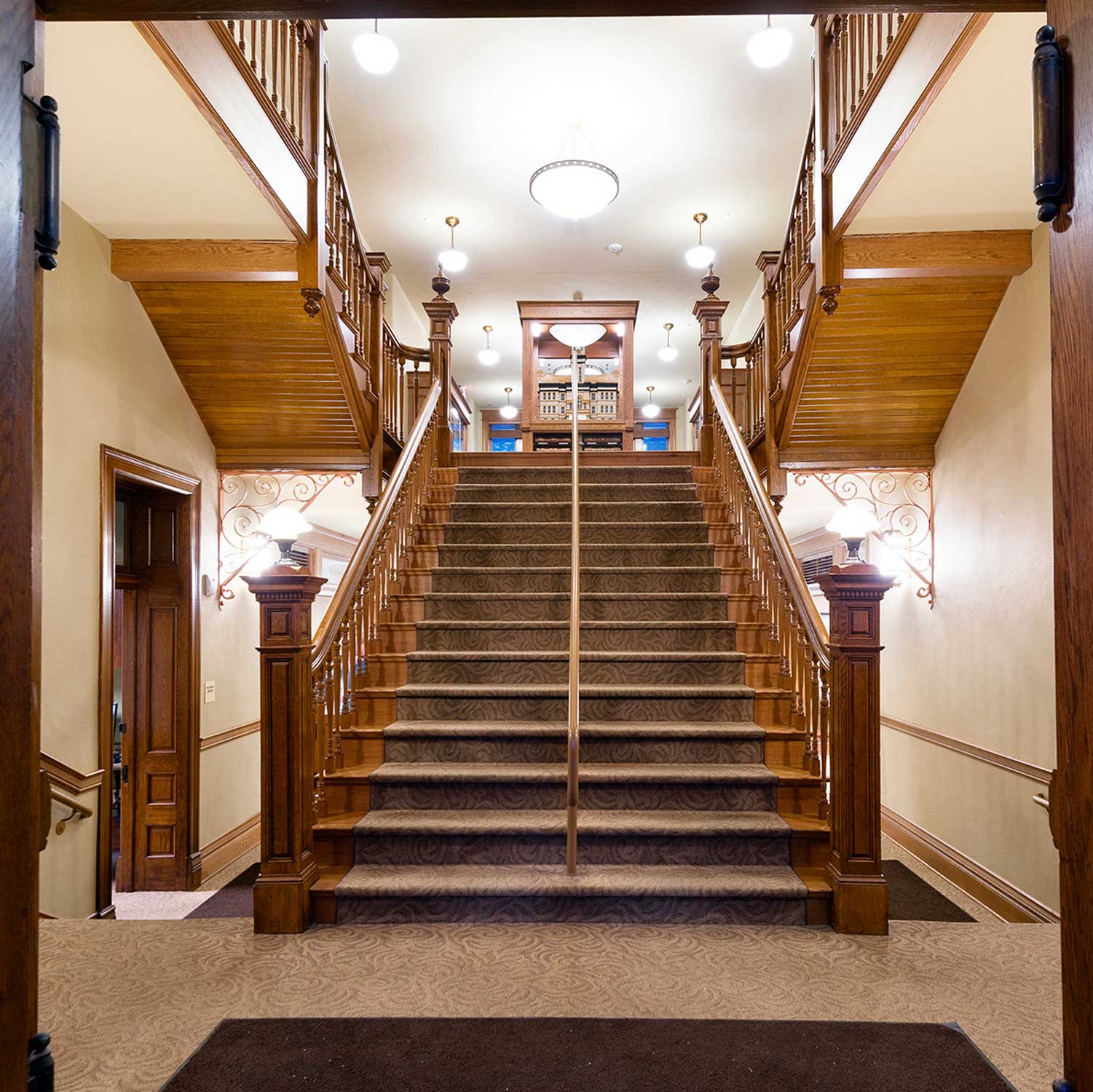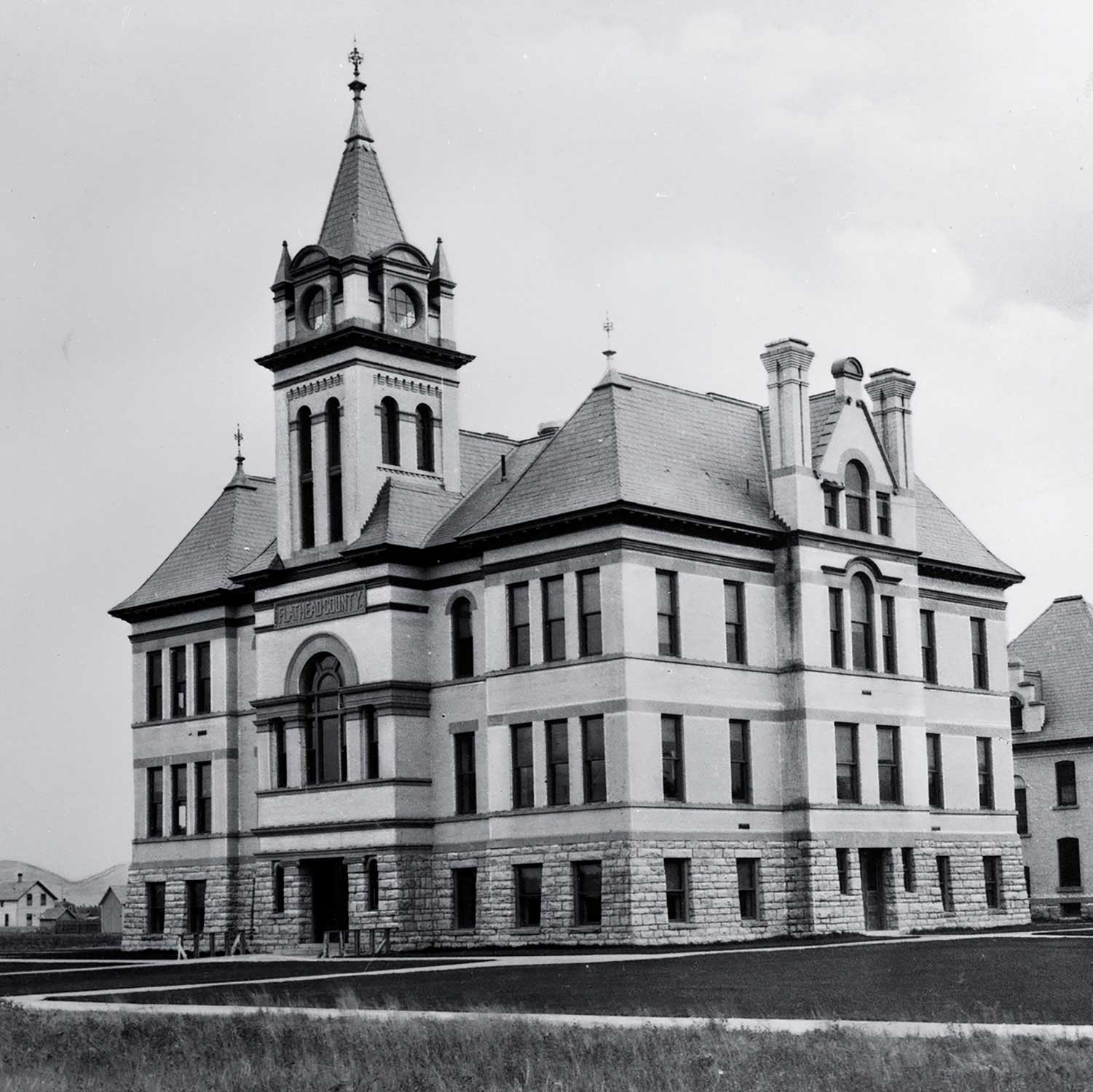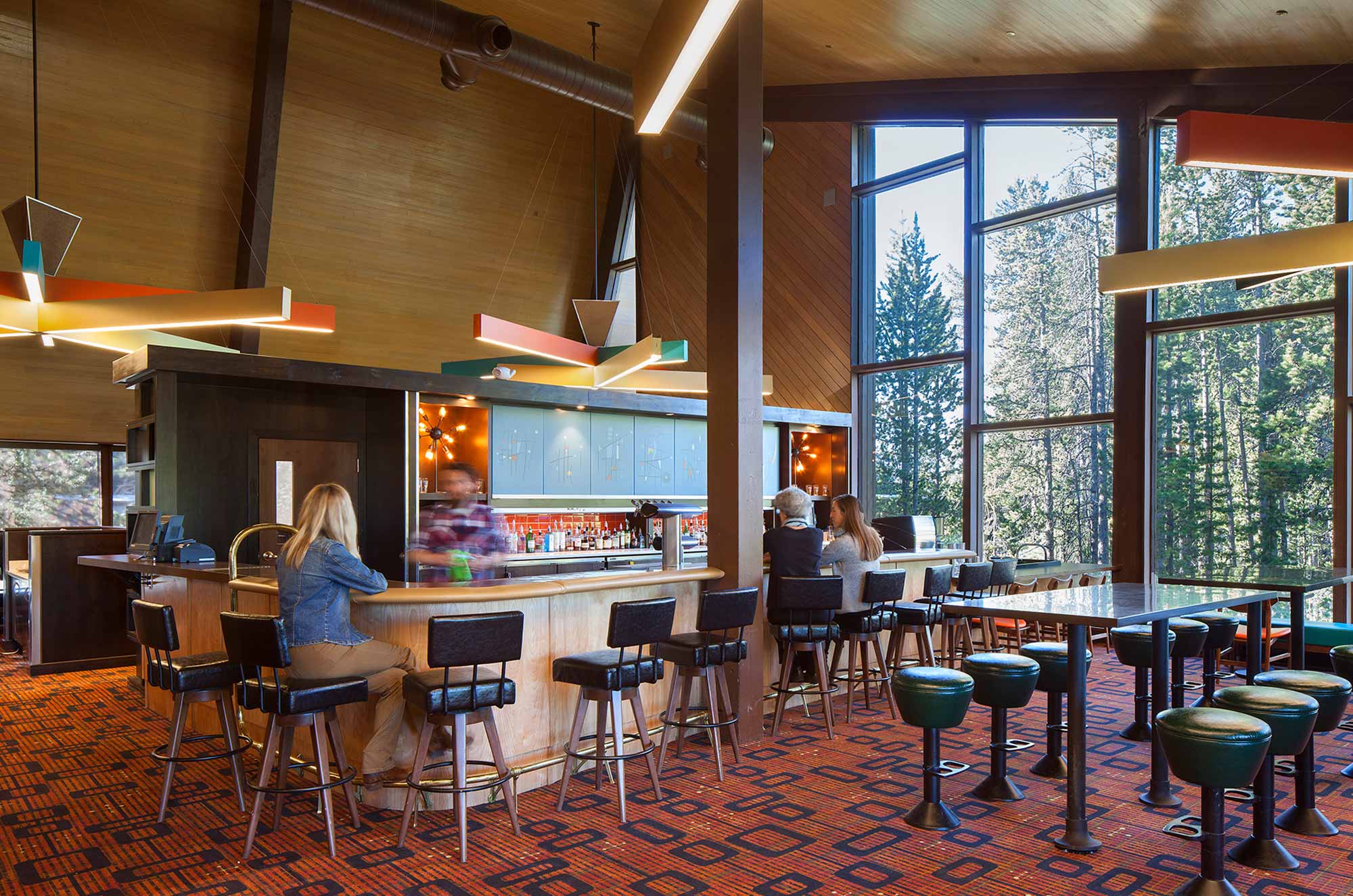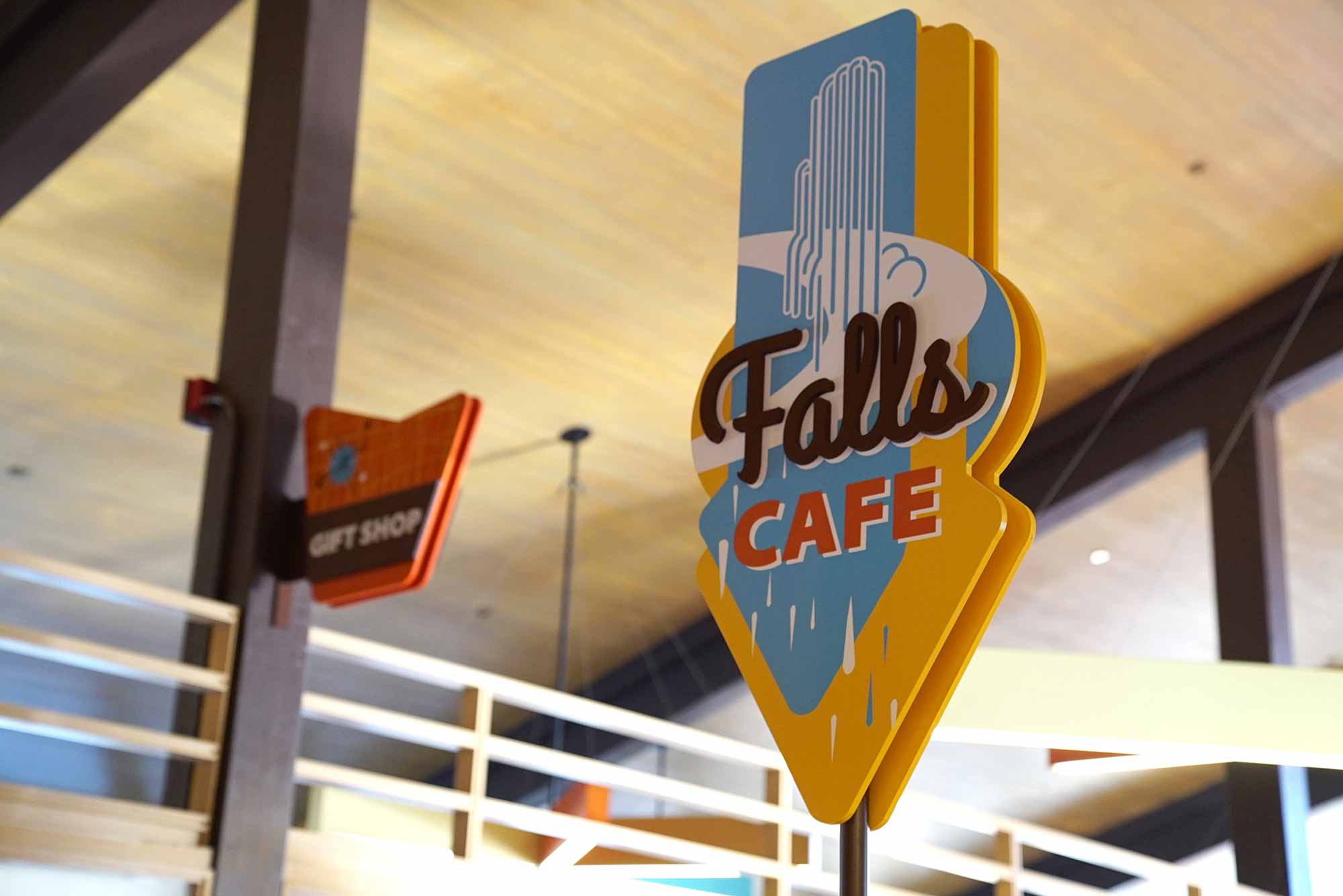Historic Preservation: Improving Buildings and Beyond
The work of preservationists and the tools they employ help history stay relevant.
A familiar example of historic preservation is fixing up an old building and putting it back into use. But the profession of preservationists, and the application of their work, goes far beyond that. Preservationists play a key role in uncovering stories that were forgotten or ignored, repurposing buildings through adaptive reuse, revitalizing neighborhoods, and celebrating the local community based on shared experiences.
“Every place has a story and often, a multitude of stories,” said Mia Kaplan, an architectural historian and design professional with Cushing Terrell. “By drawing from the historic context of a building, structure, or site, designers open the door for conversations with the world around us that give a deeper meaning to our life’s work.”
Cushing Terrell’s Historic Preservation team understands old buildings, their materiality, and how to design new buildings that are sympathetic to historic contexts. They combine a love of history with specialized knowledge and an understanding of preservation tools. They apply their expertise to support historic building projects, planning efforts, and new buildings “that feel at home with history.”
Much more than a one-time fix to a dilapidated building, historic preservation services offer long-term solutions to address compliance, context, compatibility and use.
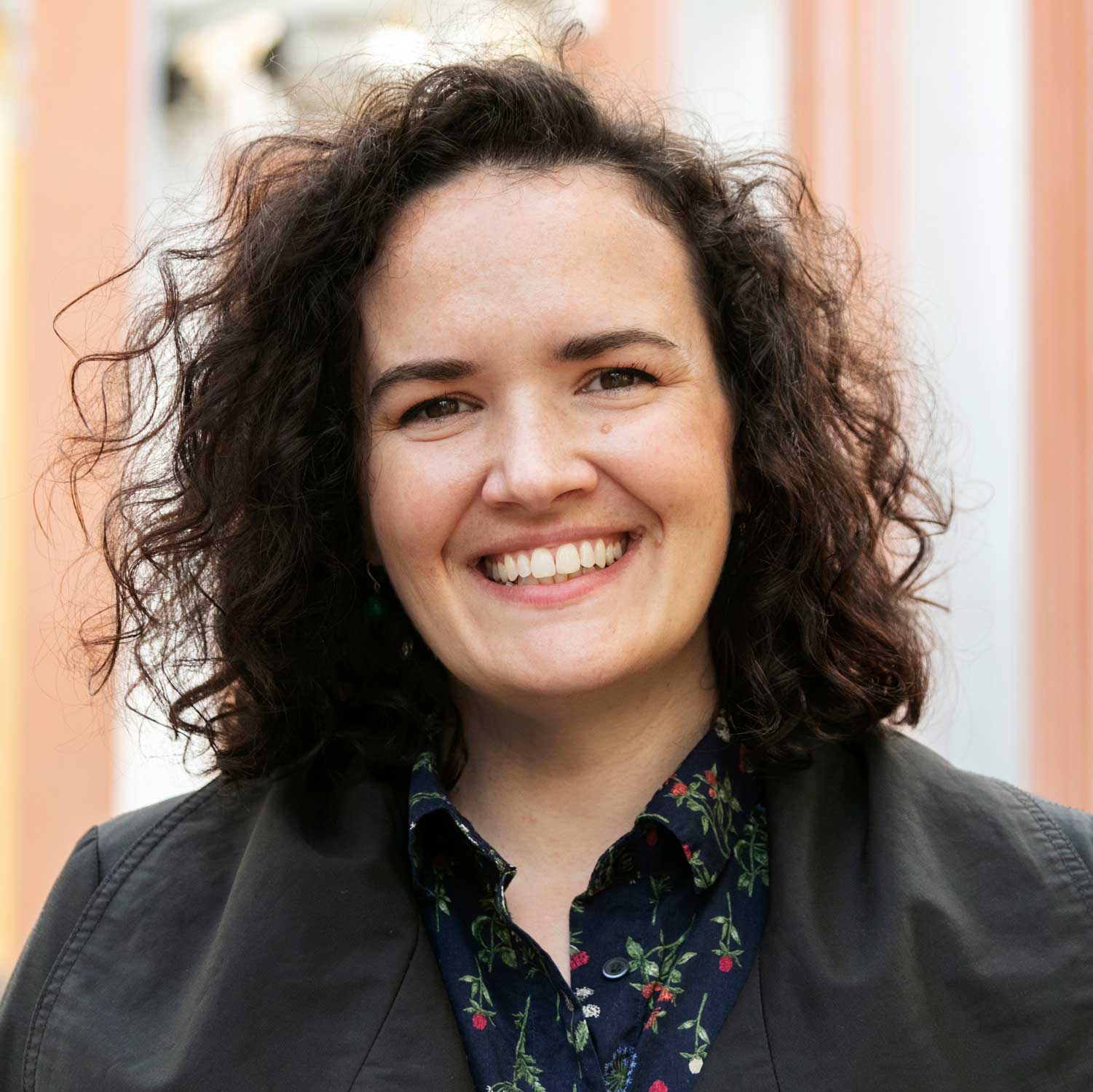
Connect with Mia Kaplan, historic preservation expert with Cushing Terrell.
“There are conversations to be had about how to build or adapt a building in a way that minimizes negative environmental and socio-cultural impacts and avoids short-lived development through lack of an adequate feasibility analysis,” Mia said. “These conversations are important in our field because we care about doing good work that lasts, just as our clients do.”
The renovation of Montana State University’s Romney Hall modernized the historic building (constructed in 1922), while preserving its character and helping the university meet the needs of a growing student population. The project transformed the former physical education building into much-needed instructional space, adding 17 classrooms and centers for mathematics, writing, veterans, and students with disabilities. In alignment with the university’s sustainability commitments and the State of Montana’s High-Performance Building Standards, modernizing the historic building included pursuit of Leadership in Energy and Environmental Design (LEED) certification. Romney Hall was awarded LEED Gold in 2022.
Sometimes the words “historic preservation” are associated with restorative work to historic buildings, strict guidelines, and deep pockets. “While that’s certainly still the case in some instances, the reality and majority of today’s work in preservation is much more responsive to contemporary values, adaptations that give a place new life, and a lens of practicality when it comes to balancing design goals with a client’s needs,” Mia said. “Cultural heritage preservation is the future, where environmental, social, and public implications become an extension of a client’s identity. It’s not just about what gets built, but how, that matters.”
With an informed consultant, historic preservation services can be applied to many different types of projects, saving time on lengthy processes and detailed requirements. “A preservationist doesn’t just save history, but also time,” Mia added. “Ultimately, the goal of our work is to provide sensitive efficiency when dealing with historic sites and structures.”
Means and Methods for Historic Preservation
Preservationists use a special set of incentives and tools to assist clients when working within a historic context. A list of Cushing Terrell services using those means and methods can be viewed on our Historic Preservation and Adaptive Reuse webpage.
“The value of having us on board is that we protect our clients and guide them through the process,” Mia said. “When sensitivity is important, we serve as advisors. And as designers in general, we consider those things too. With the way you design a building, you can have an easier time making it though an approval process when those details are considered from the start.”
National Register of Historic Places Nominations
One such service the team provides is National Register of Historic Places nominations. The National Register of Historic Places is the official list of the nation’s historic places worthy of preservation. Nominations can be for broad patterns of history, for specific people, architectural style, or information important in prehistory or history. “It’s a way to capture the narrative of a place,” Mia said.
If a client wants to initiate the listing process, the team will explore with them what their goals are and why they want the building listed. Sometimes it’s about being eligible for historic preservation tax credits, but sometimes it’s about recognizing something significant. To improve the chances of a listing Mia explained, “We may encourage someone to submit under a different category than the one they initially envisioned.”
Listing approval or denial ultimately is decided by the National Park Service.
Constructed in 1903, the Flathead County Courthouse in Kalispell, Montana, is a 14,200 sq. ft., three-story building with cut-stone base and masonry brick façade. The courthouse is part of the 10-acre Courthouse Historic District, which is listed on the National Register of Historic Places. As part of a restoration project, Cushing Terrell guided Flathead County through a comprehensive analysis to determine better ways of utilizing the space and adapting it to current needs.
Once the team has identified the best set of criteria to get a building listed, they complete a thorough process to document, research, write, map, coordinate, and present the information for review. “It’s interesting because the more you learn about history, you see organizations that are fighting for their definitions of significance — what it is and what it isn’t,” she said.
Historic Preservation Tax Credit Applications
Another service the team offers is historic preservation tax credit applications. Those credits, which vary by state, can be a means to make a historic preservation project more economically feasible. “The capital stack of a project could include tax credits and private investment, and it could also include grants,” Mia said.
Programs like these help owners take care of their historic buildings because sometimes it’s more expensive to take care of something that exists rather than just ripping it down. Tax credits are a tool for this, but the flip side is, in order to take advantage of a tax credit program, you have to be able to foot the bill up front. Thus, sometimes people will partner with an organization that will purchase the tax credits. “It’s a way that people leverage their tax credits in order to do the work,” she said.
Balancing a rich history, delicate environment, and modern needs, Cushing Terrell renovated the Canyon Lodge at Yellowstone National Park to restore the structure’s original vibrancy and character. The team of historic preservationists, architectural, electrical, and mechanical designers all worked together to realize a holistic renovation of the lodge, removing cluttered layers and restoring the building’s original openness. They ensured the building was properly and sustainably heated, ventilated, and illuminated. In addition, exterior signage and interior wayfinding were thoughtfully designed and integrated to emulate the retro spirit of the building and to bolster function and lifespan. This building is a contributing feature of the Canyon Village Historic District.
The Value of a Team Approach
Regardless of the tool or incentive a client is considering, partnering with a knowledgeable firm will help explain regulations, offer viable alternatives, and facilitate the process. “It comes in handy to have somebody who knows the language of historic buildings, even in the design process,” Mia said. “Even if they’re not doing tax credits, even if they’re not pursuing certification. Having that knowledge is valuable because that’s how you design with efficiency.”
As building owners and communities decide what to do with historic sites — and exactly what qualifies as a historic site — the discussion can be illuminated with a historic preservation team in the mix. “Architecture is so personal, but we all own it, even if we don’t do so directly. It lives in our memory, in our consciousness,” Mia said. “What we do as preservationists is help to provide the lens.”

